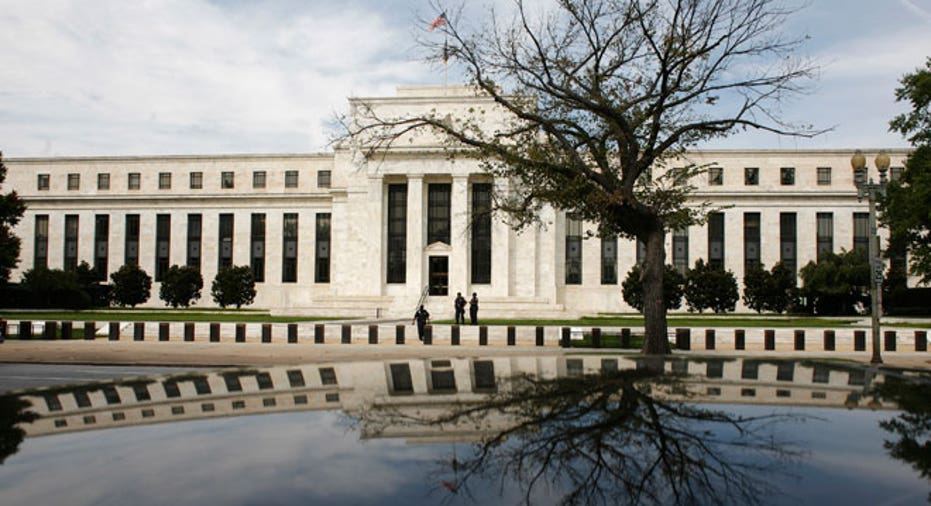Done for Now, Will Fed Tiptoe Past Election?

If you skip this week's meeting of the Federal Reserve's policymaking group, you won't miss a thing. This meeting is going to be a snoozer. (Don't worry. Bankrate will still cover it for you.)
"This will probably be one of the most uninteresting meetings we've seen in a long time," says Brian Rehling, chief fixed-income strategist at Wells Fargo Advisors. "It will pretty much be under the radar."
There are two reasons for that. First, this is this the last meeting of the Federal Open Market Committee before the presidential election, says Rehling. Any action could be construed as influencing the election's outcome, so Federal Reserve Chairman Ben Bernanke and his pals want to avoid any conflict.
Second, the FOMC has made major moves in two of its last three meetings, says Paul Edelstein, director of financial economics at IHS Global Insight, an economic forecasting and analysis company. The rate-setting committee extended its Operation Twist program -- where it swaps short-term securities on its balance sheet for longer-term ones to drive down interest rates -- through the end of the year at its June 20 meeting.
And at its Sept. 13 meeting, the FOMC resurrected quantitative easing, or QE, for a third time after too many lackluster jobs reports kept coming in. QE is when the Fed increases the amount of securities it holds on its books to reduce interest rates. We like to refer to this as "printing money." The group also extended its promise to keep the benchmark federal funds rate near zero -- where it is now -- until the middle of 2015, if the economy needs it. The previous estimate was late 2014.
All this means another move this week is unnecessary, especially in light of recent economic data that are better than in summer, says Edelstein. That includes an unemployment rate that dropped below 8% two weeks ago, job growth topping 100,000 in September (along with two upward revisions to July's and August's job figures) and recent rosy housing news.
Rehling expects the committee to reaffirm its $40 billion a month in QE. It will also stand behind its interest-rate guidance through mid-2015.
So, the only interesting bit to possibly come out of this week's meeting -- and this is relatively speaking -- is the wording of the Fed statement, specifically the group's outlook on the economy, says Edelstein. It's practically a sport for economists to debate the word differences in the statement to gauge how the FOMC feels about the economy.
When the group wrote the last statement, the economy looked shaky. Jobs numbers were pitiful. The unemployment rate was stubbornly stuck above 8%. Europe's debt drama was front-page news. That was then.
It's possible the Fed statement this time around will note the recent improvement in the economy, says Bernard Baumohl, chief global economist for The Economic Outlook Group LLC. But don't expect cheery because the group always errs on the side of conservative optimism. For example, at the beginning of the year, when the jobs numbers were coming in better than expected, the FOMC said it was all about the warm weather. The committee was right, but it sounded overly pessimistic then.
So get out the dictionary for some wordplay. Otherwise, take a long lunch Wednesday.
"We'll have to wait until next year before we see another move," says Edelstein.
That's when the fate of the fiscal cliff -- when automatic spending cuts and tax increases kick in -- will be decided. Expect the Fed to jump in if necessary.
Baumohl says, "Most of the discussions behind closed doors at this meeting will probably be about shoring up contingency plans if the fiscal cliff happens."